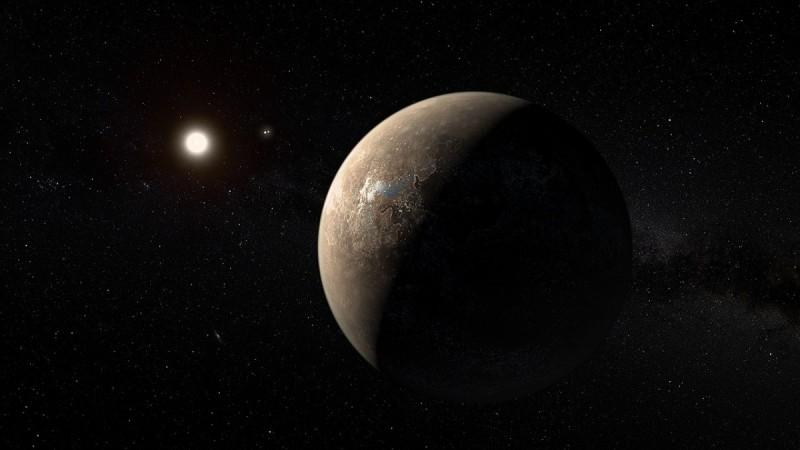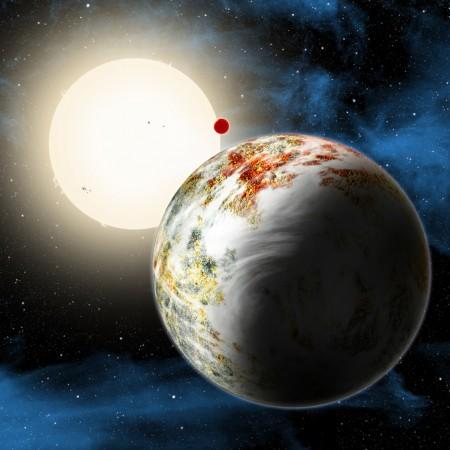
Thousands of alien worlds have been identified in the last few years. Many of these worlds also seem to be the right size, shape and even the right chemical composition. These exoplanets and exomoons are not only suitable for humans, but might actually be better than Earth.
This is where Project Blue comes into play. It is a planned mission that aims to take photographs of the nearest potentially habitable planet from Earth in the Alpha Centauri star system. The mission is calling this the search for "Earth 2.0" – a sister planet where life can survive and flourish.
So far not even one of the 3,730 exoplanets have actually been photographed, they have only been detected. In fact, there is so much information about exoplanets now that scientists are actually able to ascertain not just how far away a planet is from its host star, they are also able to find out the makeup of the planet, the elements in its atmosphere, and even its axial tilt.
Recent findings suggest that a planet's axial tilt is as important as its proximity to its star. Even planets that are in the Goldilocks Zone—where it is neither not too hot nor too cold for liquid water to exist on the surface.
![An artist's conception shows Kepler-421b, a Uranus-sized transiting exoplanet. [Representational image] exoplanet](https://data1.ibtimes.co.in/en/full/633534/exoplanet.jpg?h=450&l=50&t=40)
One such planet that is possibly the best match for life, but much further away than the Alpha Centauri system is Kepler-186f. The new finding makes this planet almost perfect for human life.
Using the available information, astronomers made simulations to study the planet's spin axis dynamics- these are metrics that determine just how much a planet tilts on its axis and how that tilt evolves over time. Axial tilt is important because it is responsible for the changing seasons by modifying how mu
Researchers say that Kepler-186f's axial tilt is stable, almost Earth-like. It is likely that it has regular seasonal changes as well as stable climate, along with all that likely water pooling up as seas and oceans on the surface. The research team thinks that the same can be said of Kepler-62f, a much larger, "super-Earth-sized planet" which is orbiting around a star that is about 1,200 light-years away from Earth.
As to why there is so much focus on axial tilt, lead author of the study- Professor Gongjie Li explained, "Mars is in the habitable zone in our solar system, but its axial tilt has been very unstable—varying from zero to 60 degrees."
"That instability probably contributed to the decay of the Martian atmosphere and the evaporation of surface water."
In comparison, Earth's tilt is stable, between 22.1 and 24.5 degrees, every 10,000 years or so, it oscillates between those two points, reports Phys.org.
On the stability of the planets' axial tilt, Li said, "We don't know whether they possess moons, but our calculations show that even without satellites, the spin axes of Kepler-186f and 62f would have remained constant over tens of millions of years."










!['Had denied Housefull franchise as they wanted me to wear a bikini': Tia Bajpai on turning down bold scripts [Exclusive]](https://data1.ibtimes.co.in/en/full/806605/had-denied-housefull-franchise-they-wanted-me-wear-bikini-tia-bajpai-turning-down-bold.png?w=220&h=138)



